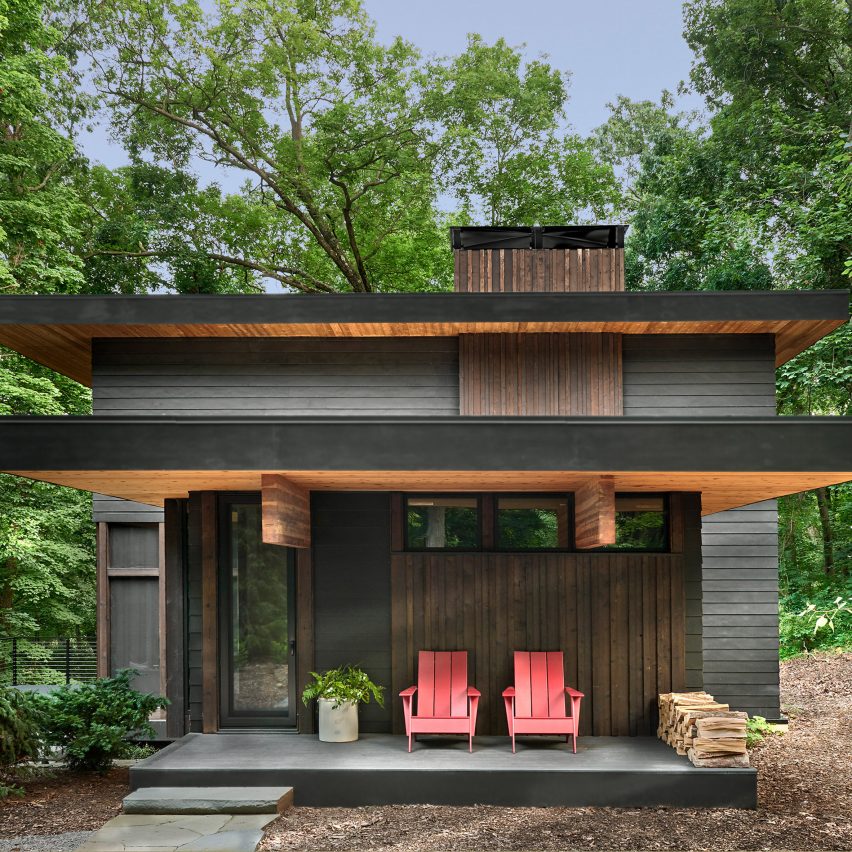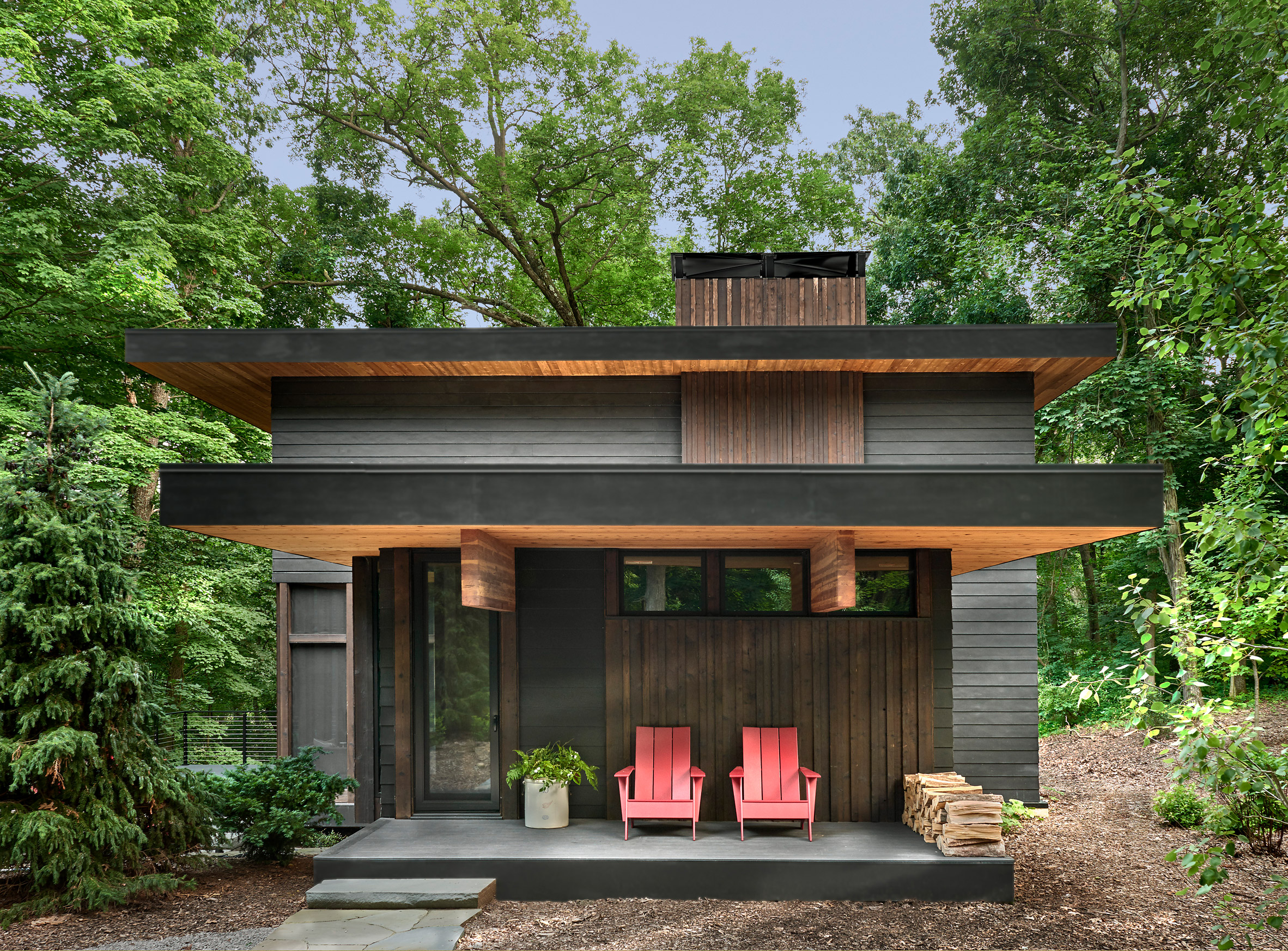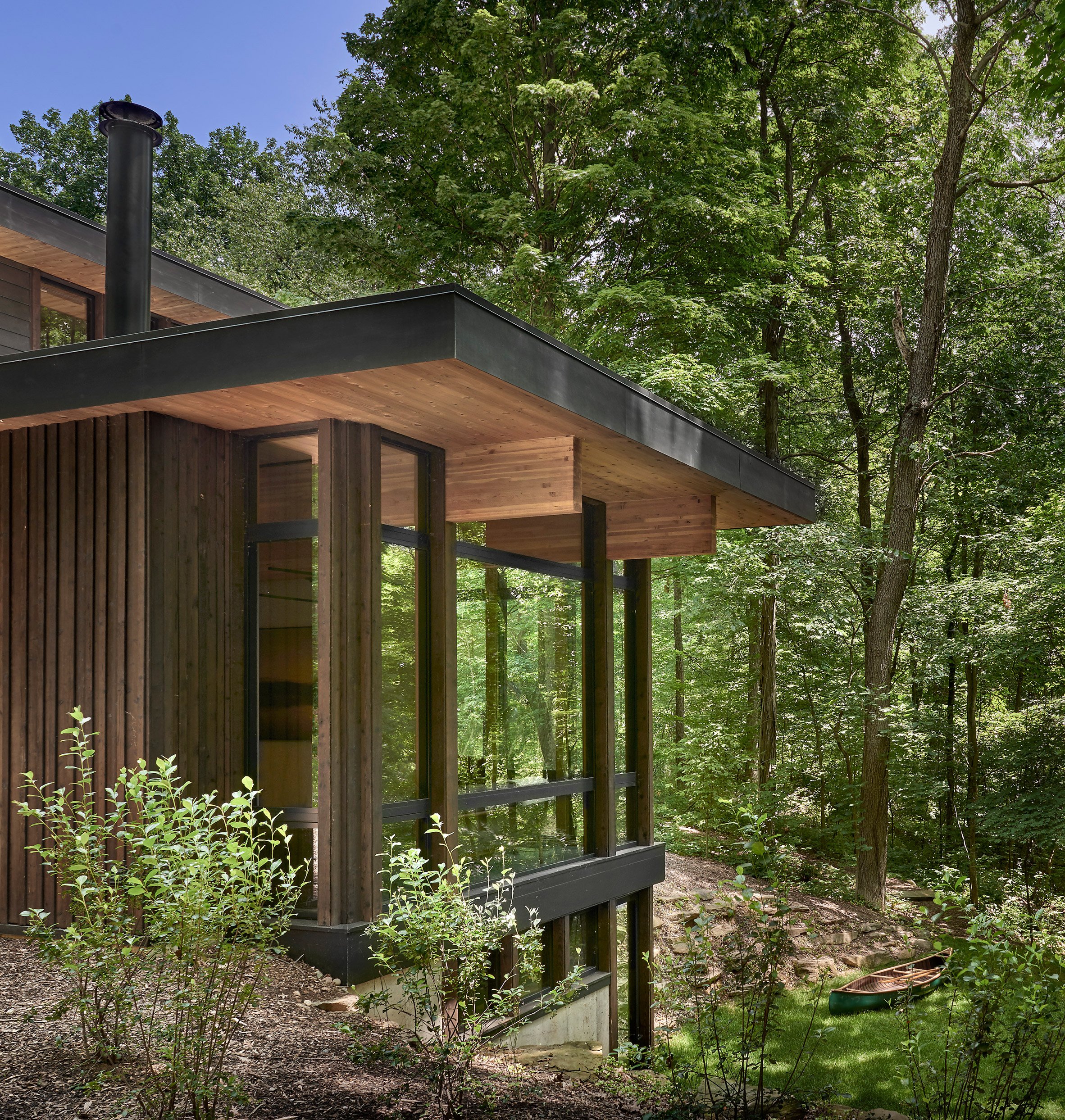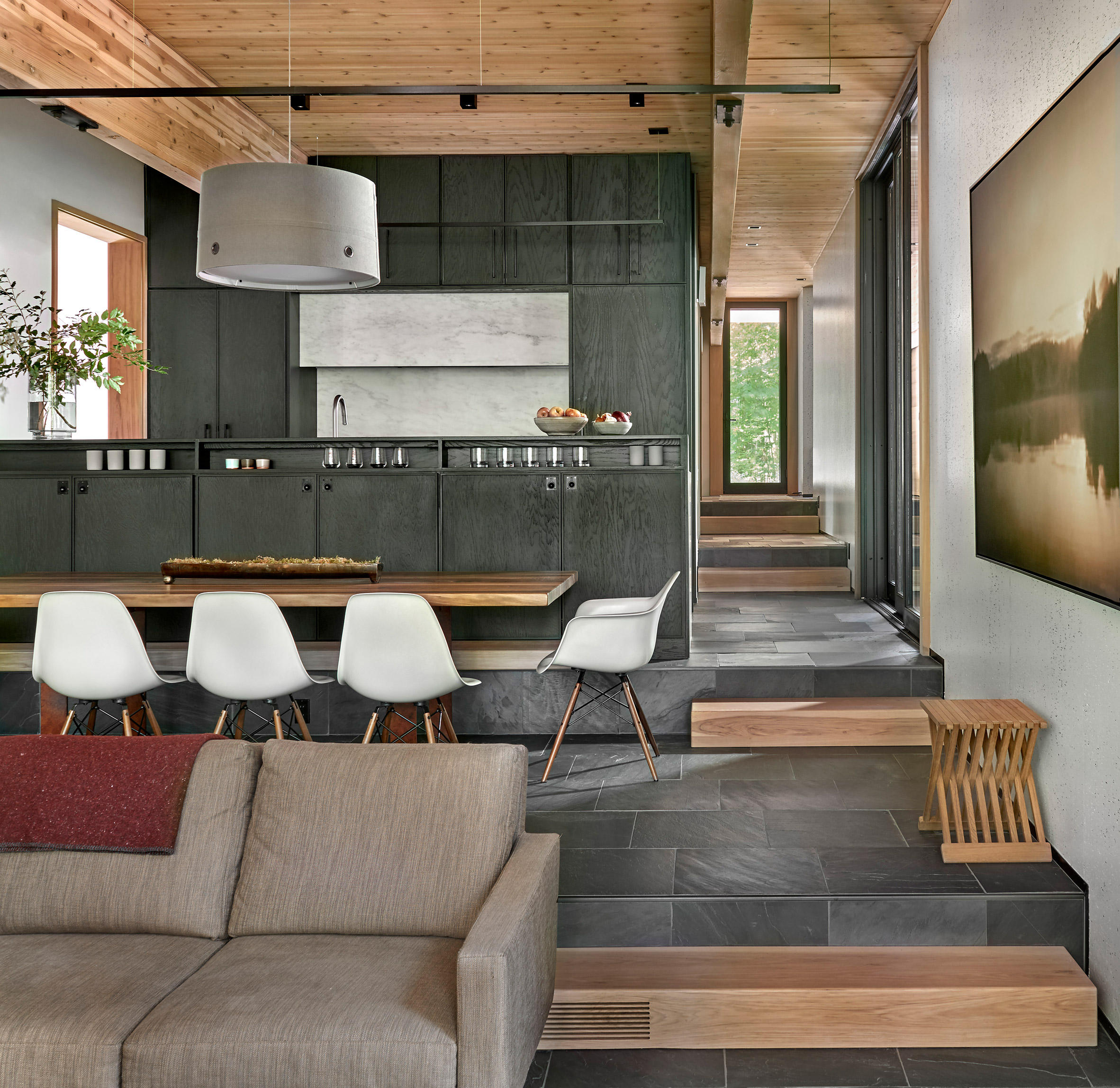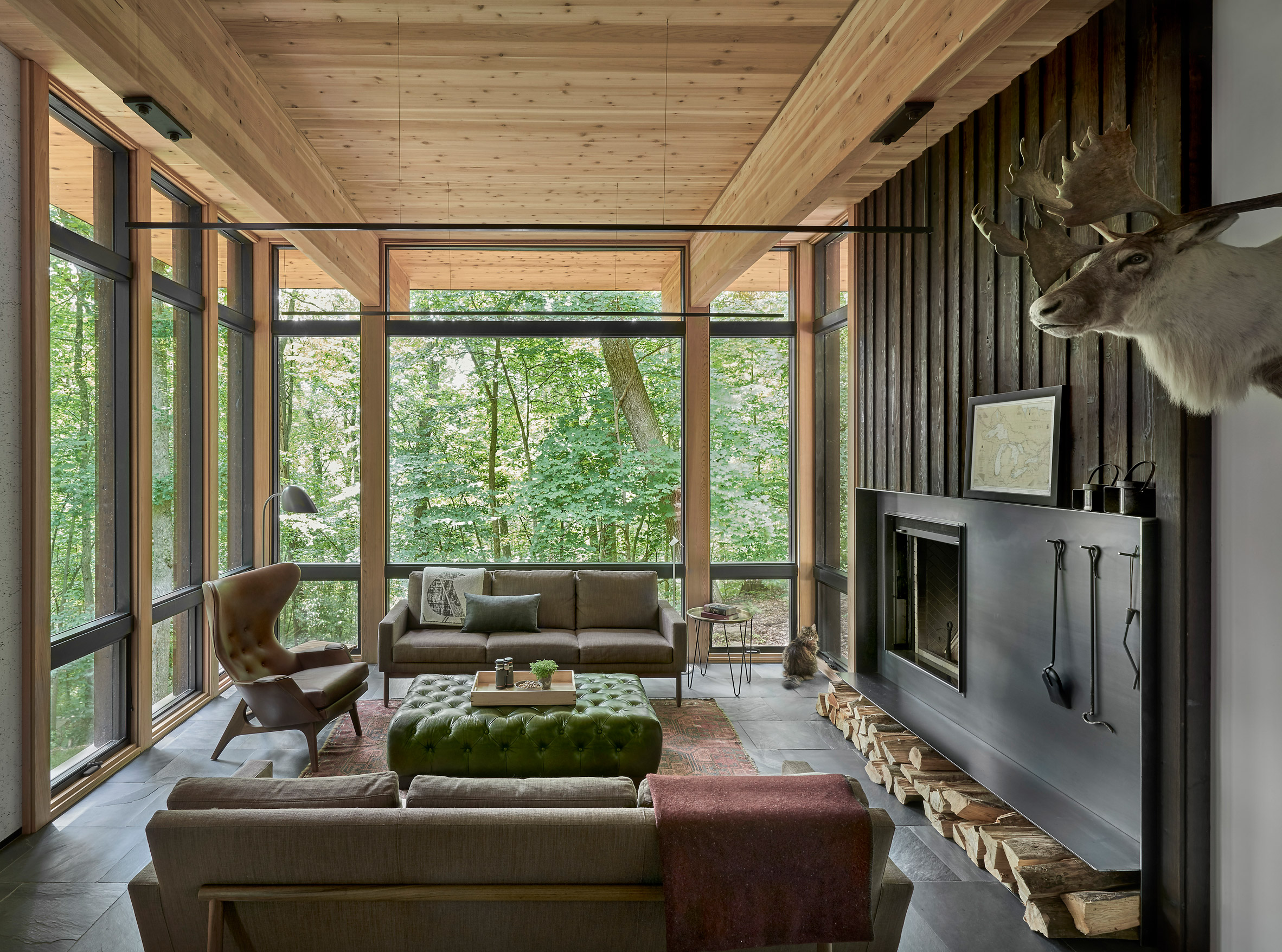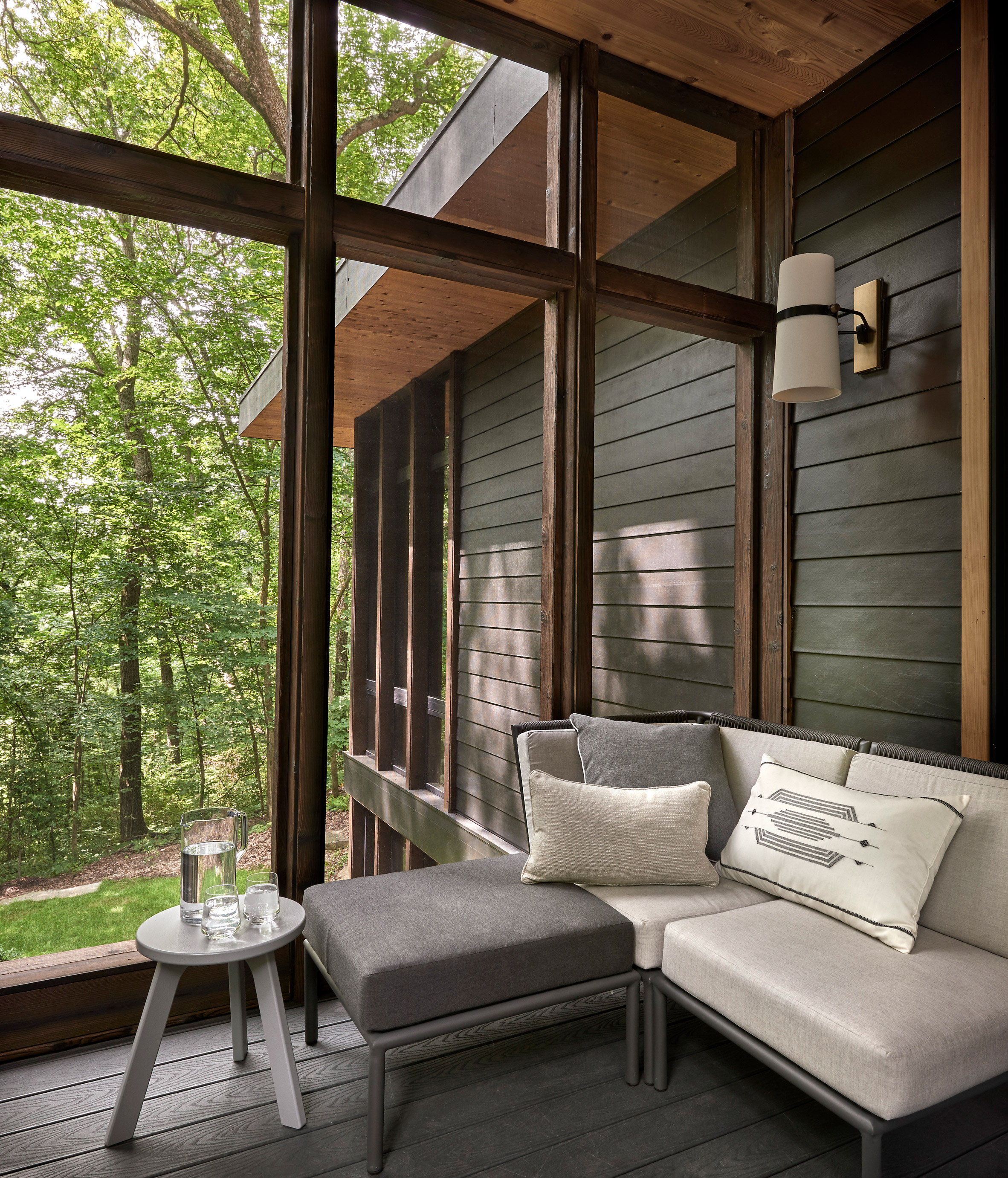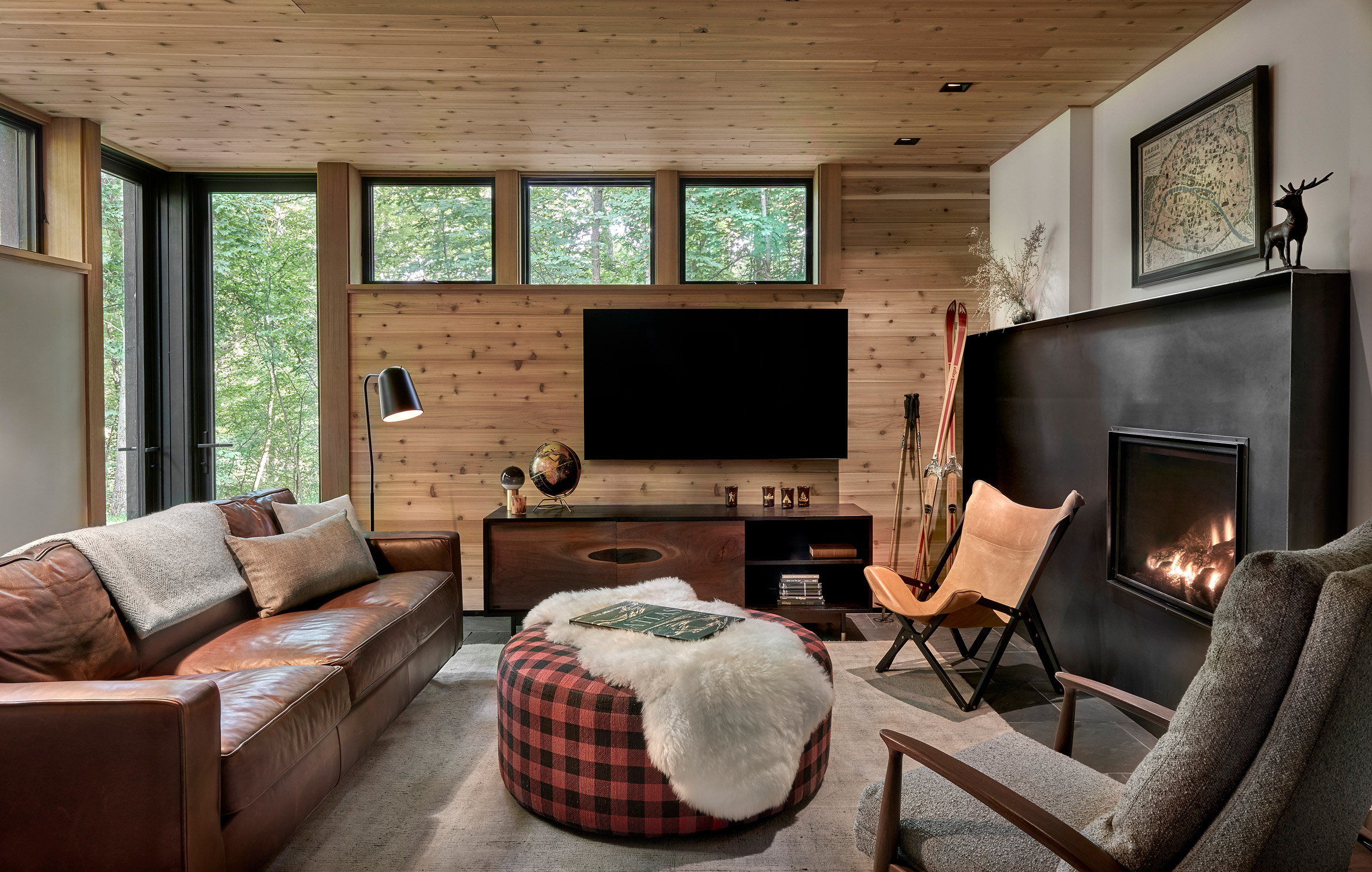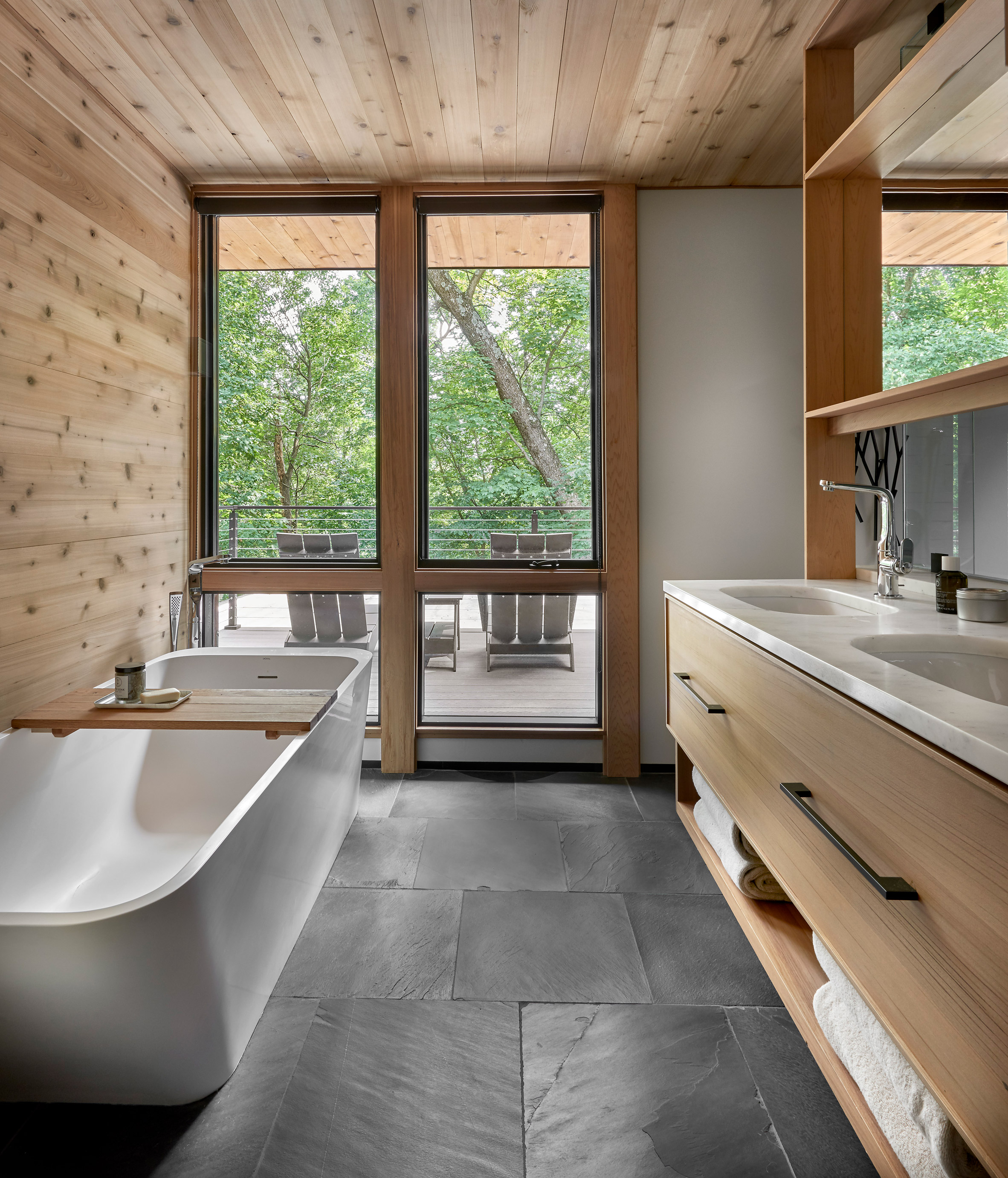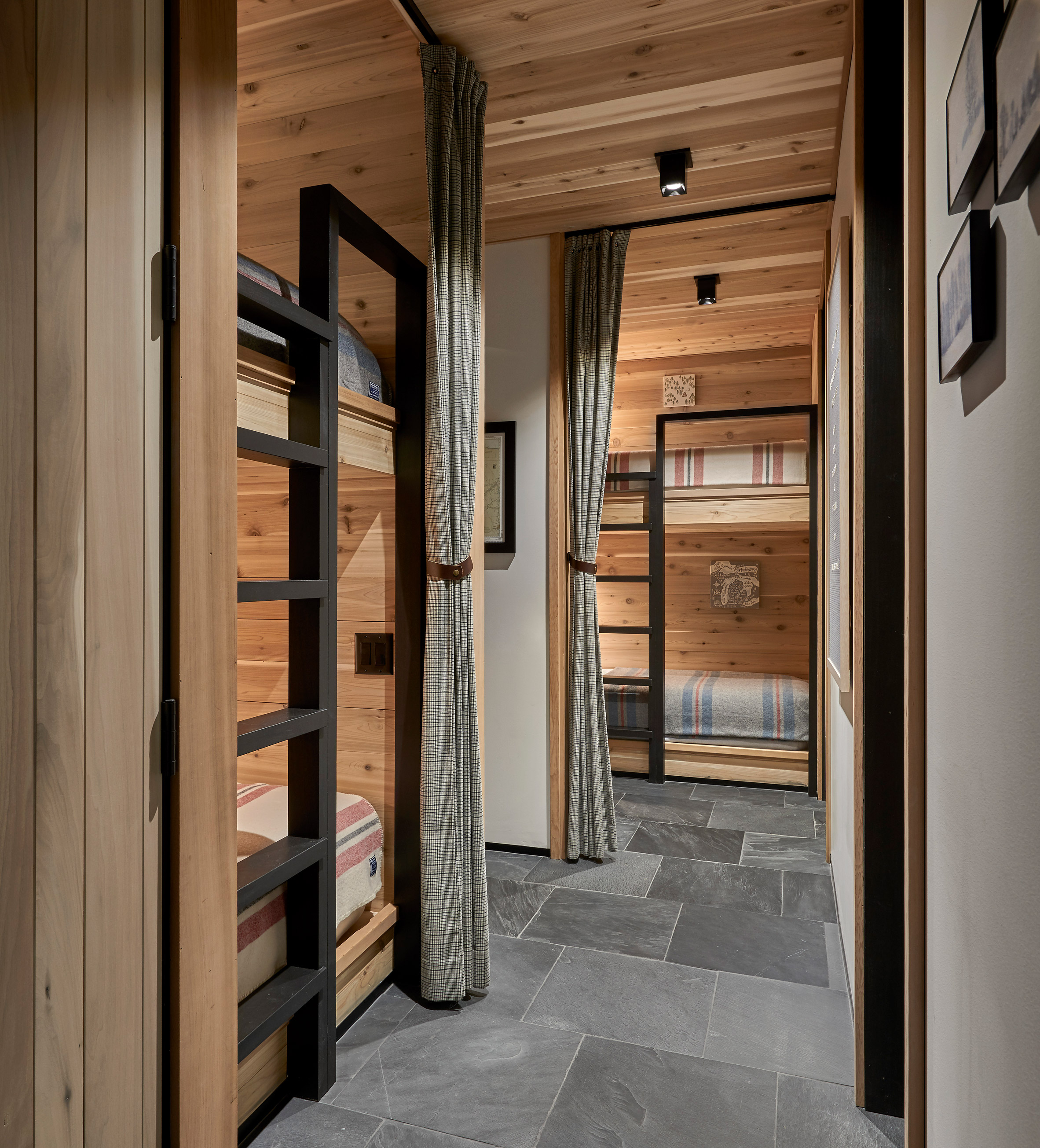Breaking news: Yvonne Farrell and Shelley McNamara, co-founders of Grafton Architects, have been named the 2020 laureates of the Pritzker Architecture Prize.
Farrell and McNamara were awarded the prize "for their integrity in their approach to both their buildings, as well as the way they conduct their practice," said the Pritzker Architecture Prize jury.
The Irish architects are the fourth and fifth women to be named winners of the prestigious award. This follows Zaha Hadid, won was the sole winner in 2004, Kazuyo Sejima who won alongside Ryue Nishizawa in 2010, and Carme Pigem who won alongside Rafael Aranda and Ramón Vilalta in 2017.
Farrell and McNamara were also named the 2020 RIBA Royal Gold Medal for Architecture winners at the end of last year. The pair co-founded Grafton Architects in Dublin in 1978, and have completed buildings around the world.
Grafton Architects won the World Building of the Year award in 2008 for the Universita Luigi Bocconi in Milan and won the RIBA International Prize for its University Campus UTEC Lima building in Peru. Its campus for the University of Limerick Medical School was shortlisted for the 2013 Stirling Prize.
The Pritzker Architecture Prize was established in 1979 to honour the work of a living architect, and is considered one of architecture's most significant life-time achievement awards.
In 2019 the prize was awarded to Arata Isozaki, who is regarded as Japan's most influential postwar architect, while Balkrishna Vithaldas Doshi was the winner in 2018. The award has previously bene won by Alejandro Aravena, Frei Otto, Rem Koolhaas, Zaha Hadid and Toyo Ito.
Photography is by Alice Clancy.
Pritzker Architecture Prize jury citation
Yvonne Farrell and Shelley McNamara have practiced architecture together for forty years in a way that clearly reflects the objectives of the Pritzker Prize: to recognize the art of architecture and consistent service to humanity as evidenced through a body of built work.
Co-founding their professional practice, called Grafton Architects, in Dublin, Ireland in 1978, they have consistently and unhesitatingly pursued the highest quality of architecture for the specific location in which it was to be built, the functions it would house and especially for the people who would inhabit and use their buildings and spaces.
They have an oeuvre that includes numerous educational buildings, housing and cultural and civic institutions . Pioneers in a field that has traditionally been and still is a male-dominated profession, they are also beacons to others as they forge their exemplary professional path.
Many of their buildings are located in their home country of Ireland, but through competitions, they have won major commissions for other places around the world, such as Italy, France and Peru . With a profound understanding of place gained through their research, keen powers of observation, open and ever curious explorations and deep respect for culture and context, Farrell and McNamara are able to make their buildings respond to a setting and city most appropriately, while still being fresh and modern.
This deep understanding of “spirit of place” means that their works enhance and improve the local community. Their buildings are "good neighbors" that seek to make a contribution beyond the boundaries of the building and to make a city work better. Their North King Street Housing in Dublin (2000) is one example of this: it creates an inner courtyard and a welcome respite from the adjacent busy streets.
Their approach to architecture is always honest, revealing an understanding of the processes of design and construction from large scale structures to the smallest details . It is often in these details, especially in buildings with modest budgets, where a big impact can be felt . For example, the Urban Institute of Ireland (Dublin, 2002) employs what the architects call a “crafted skin” to create a visually interesting building through changes in materials responding to openings, folds, needs for shade and other concerns.
At the same time, it employs common sense, good-practice environmental control methodologies for an efficient, sustainable building . On a particularly sensitive site in Dublin, the masterful Offices for the Department of Finance (2009) attests to their knowledge and care in the selection of materials and construction techniques with a carefully handcrafted bronze railing and gate and sanded limestone on the facades.
The architects are skilled and successful working at many scales—from large institutional buildings to a house of only a little more than 100 square meters . Without grand or frivolous gestures, they have managed to create buildings that are monumental institutional presences when appropriate, but even so they are zoned and detailed in such a way as to produce more intimate spaces that create community within . In their large buildings such as the University Campus UTEC (2015) in Lima, Peru or the School of Economics Building (2008) at Universita Luigi Bocconi, they have achieved a human scale through the composition of spaces and volumes of different sizes . The dialogues they create between buildings and surroundings demonstrate a new appreciation of both their works and place.
A constant in their approach, the architects have an understanding of how to design complex sections of buildings in such a way that views connect deep interior spaces with the larger exterior realm and allow natural light to penetrate and animate spaces deep inside a building . Often light streams from skylights or upper story windows throughout the interiors of their buildings, providing warmth and visual interest, helping the inhabitants easily orient themselves in the spaces, and providing the ever necessary connection to the exterior.
For their integrity in their approach to both their buildings, as well as the way they conduct their practice, their belief in collaboration, their generosity towards their colleagues, especially as evidenced in such events as the 2018 Venice Biennale, their unceasing commitment to excellence in architecture, their responsible attitude toward the environment, their ability to be cosmopolitan while embracing the uniqueness of each place in which they work, for all these reasons and more, Yvonne Farrell and Shelley McNamara are awarded the 2020 Pritzker Architecture Prize.
The post Yvonne Farrell and Shelley McNamara win Pritzker Architecture Prize 2020 appeared first on Dezeen.
from Dezeen https://ift.tt/2TDFiHY

